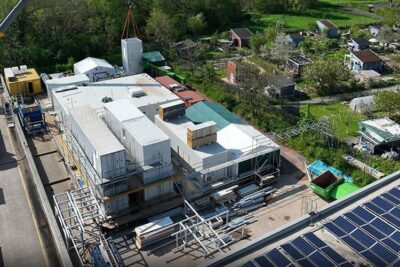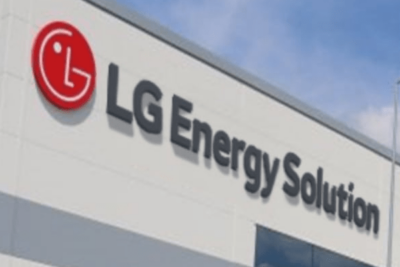FEV & ITL present improved battery housing concept
The development service provider FEV, together with Impression Technologies (ITL), a specialist in aluminium metal, has developed a battery housing concept for EVs using ‘HFQ technology’, which is intended to optimally utilise the space available for energy storage.
By completely relocating the structurally relevant components to the outside and simultaneously integrating the battery housing into the overall vehicle, installation space is created for additional battery cells and thus more range, according to FEV. The result: with the same installation space, more battery cells can be accommodated for more range – or with the same range, the battery itself can become smaller.
FEV itself describes the approach as an ‘exoskeleton’ for battery housing. This structure is intended to ensure that the power flow occurs above and below the battery pack. “On the one hand, this keeps the loads occurring in the event of a crash away from the installation space used for the battery cells and at the same time optimizes the rigidity of the overall system (battery and bodyshell),” the statement says. This requires complex structures with small radii and draft angles – which is where partner ITL comes in with its HFQ technology.
“The HFQ technology expands our portfolio of possible manufacturing technologies for new developments and enables us to implement more complex structures compared to cold forming technologies,” says Christian Kürten, head of vehicle architecture at FEV Vehicle. “Added to this is the use of high-strength aluminum alloys, which, in conjunction with the HFQ process, ultimately deliver the required performance in optimized installation space.”
The concept developed by FEV and ITL will be manufactured and presented as a demonstrator in the coming months.






0 Comments